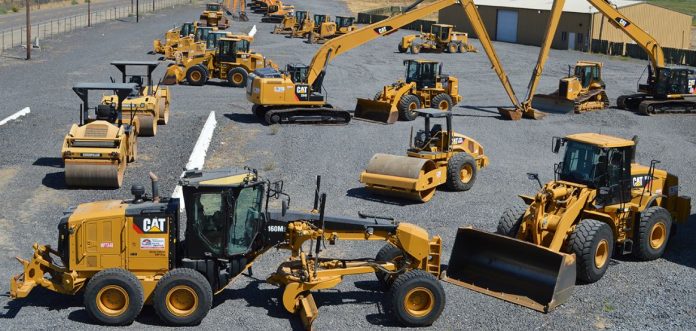Earth movers are industrial machines. The users lead these to perform any operations that involve earth movement. These include earth modeling that requires construction or other territorial management purposes. The method is used for excavation, and other relief works. They are versatile and flexible, and they can make any type of construction work easier to do. For large-scale commercial projects, they can cover large hauling distance at a small amount of time.
Classification
An earthmoving operation can be classified into different categories depending on the device’s functioning. These include moving of material, loading, excavation, ideas well as transportation of the materials. These machines are made of translating machine body, be these are placed on rubber or other tracks. Sometimes rotary and functional engines drive these operations for excavation, moving, and earth loading.
Role of Earth Movers in Construction:
- Construction covers the fundamental techniques and know-how that aim to design and create specific structures and build-up. The modus operandi applies to create, modify, repair, or demolish the building as the purpose requires. You need to check the condition of towing roads, so that using the earthmoving equipment becomes easy and hassle-free.
- Choosing the right season and knowing about the terrain and then using the materials gives the best benefits of these earth movers in a large-scale project.
- The reputed machine equipment used in the process may also increase their demand. The operation concerns the connection of bars and rods for support or construction and road machinery.
- The researchers’ innovative solution kit is apt for construction sites, the industry, and similar situations that require equipped assistance center within reach.
Types of Earth Movers Machine:
1. Excavators
These earth movers involve a base cabin; the long arm was attached with a bucket at its end. The machine uses the hydraulic machine for proper functioning.
The operating device controls the excavator from the base cabin. These are capable of rotating by 360 degrees.
The applications include excavation, demolition, grading, landscaping, heavy lifting, dredging, mining, and many others.
2. Backhoe Loaders
These devices are tier mounted machines; it comprises a shovel at the front, and a bucket is attached to the joined arm at the rear end. These resemble farm tractors, yet this shows ideality for use in urban areas.
These medium-sized earth movers are used for excavation works, digging trenches, placing pips, filling up channels, and lifting materials. Choose them after knowing about their weights and then use them in work accordingly.
3. Bulldozers
These devices are the best about earth movers equipment. It can immediately spot the removable out; construction experts use the machine for removing dirt or soil in large and open sites. The larger metal plate in the front moves up and down until it reaches a certain depth or a limited range of angles.
Besides removing soil, the device helps rough grading, fine grading, crushing, and removing the rocks. Hence, knowing about the control system and the transportation access to use the bulldozers for large-scale excavation work is a must before you go for plumbing, excavation or construction.
4. Trenchers
These are also popular earthmoving devices. Plumbers use the machine for trenching in facilitating piping, cabling, and draining jobs.
The devices are available in various patterns; the choice varies according to the applicability, the construction requirement, and the surface sturdiness to be trenched.
5. Skid-steer loaders
These are tire-mounted small-sized machines; operators made these skid on their axis. The device is applied in sites with space constraints. These devices provide a good grip on snow and mud. Construction experts use the devices for removing dirt and snow, compacting soil, drilling holes, and lifting loads.
Conclusion about Earth Movers for Construction Projects
Use your resources to get the best earth movers elements for your ensuing construction works.








